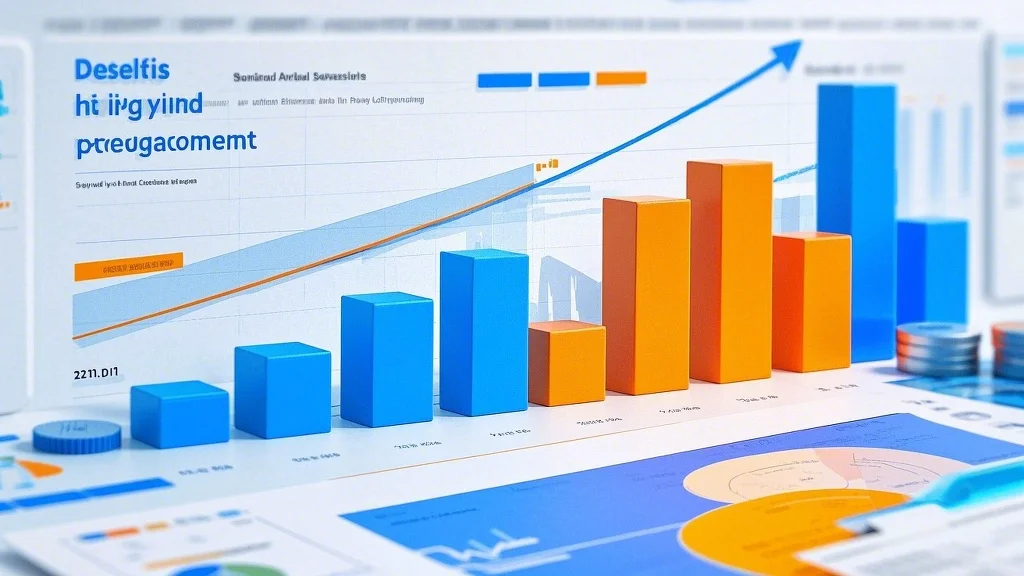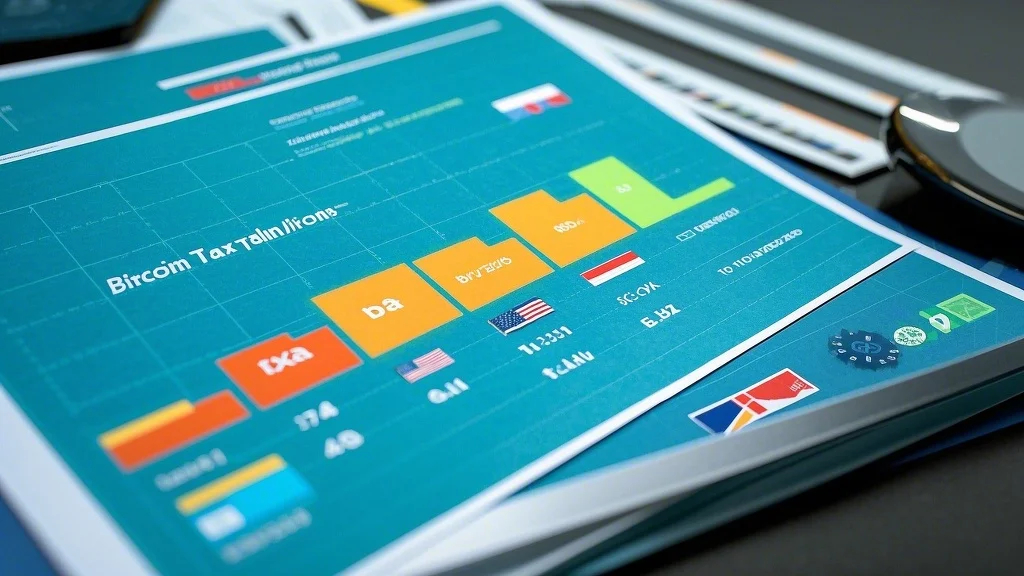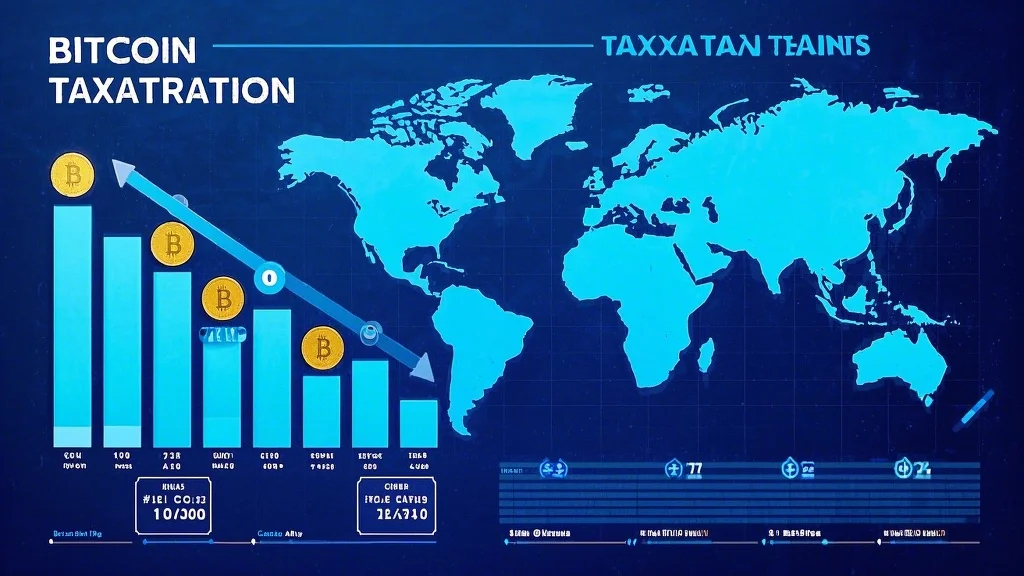Debt consolidation loans are a popular solution for individuals struggling with multiple debts. This type of loan allows you to combine all your outstanding debts into a single, manageable loan, often with a lower interest rate and simpler repayment terms. If you’re considering debt consolidation, it’s essential to understand the process and how to apply for the best options available.

In this guide, we’ll walk you through the key steps to apply for the best debt consolidation loans, helping you make informed decisions and achieve financial relief.
What Is Debt Consolidation?
Debt consolidation is the process of combining multiple debts—such as credit cards, personal loans, or medical bills—into a single loan. This is typically done through a financial institution or a specialized lender. The main benefits of debt consolidation include:
Simplifying Repayment: Instead of juggling multiple payments, you’ll have just one monthly payment to manage.
Lowering Interest Rates: Many debt consolidation loans offer lower interest rates compared to high-interest credit cards.
Reducing Stress: By streamlining your debts, you can reduce the mental and emotional strain of managing multiple payments.
Improving Credit Score: Making timely payments on a single loan can help improve your credit score over time.
How to Prepare for Your Application
Before applying for a debt consolidation loan, take some time to prepare. This will ensure you make the best decision and qualify for the best terms. Here’s what you should do:
Assess Your Debts: Make a list of all your debts, including the balance, interest rate, and minimum monthly payment. This will help you understand how much you need to consolidate.
Check Your Credit Score: Most lenders will check your credit score before approving your loan. A higher score increases your chances of getting a better interest rate.
Gather Required Documents: Prepare documents such as your ID, recent bank statements, tax returns, and proof of income. These will typically be required during the application process.
Evaluate Loan Options: Research different lenders and compare their terms, including interest rates, fees, and repayment periods.
Step-by-Step Guide to Applying
Once you’ve prepared, you can start the application process. Here’s how:
Choose a Lender: Decide which lender suits your needs. Consider banks, credit unions, online lenders, or debt consolidation specialists. Each may offer different terms, so it’s important to shop around.
Complete an Application: Most lenders offer online applications, which are quick and convenient. Provide the necessary information, such as your personal details, financial history, and income.
Provide Documentation: As part of the application, you’ll need to submit supporting documents to verify your identity, income, and debts.
Wait for Approval: After submitting your application, the lender will review it and determine whether to approve you. This may take a few days, depending on the lender.
Review the Terms: If approved, review the loan terms carefully, including the interest rate, fees, and repayment schedule. Make sure it aligns with your financial goals.
Close the Loan: Once you’re satisfied with the terms, sign the documents and complete the loan closing process. The funds will typically be transferred to your account, and you can start paying off your debts.
Benefits of Debt Consolidation
If done correctly, debt consolidation can provide significant benefits. For instance, it can reduce your monthly payments, lower your overall interest costs, and help you pay off your debts faster. Additionally, by consolidating your debts, you’ll have fewer payments to worry about, which can reduce stress and improve your financial well-being.
What to Avoid
While debt consolidation can be a helpful tool, it’s not the right solution for everyone. Here are a few things to avoid:
Overextending Yourself: Don’t take out a loan you can’t afford. Make sure the monthly payments fit within your budget.
Ignoring the Root Cause: Debt consolidation can help you manage your debts, but it won’t address the reasons you accumulated debt in the first place. Work on changing your financial habits to avoid falling into debt again.
Paying High Fees: Some lenders charge steep fees for debt consolidation loans. Be cautious and choose a lender that offers fair terms.
By preparing thoroughly and comparing your options, you can apply for the best debt consolidation loans and start on the path to financial freedom.
When it comes to applying for debt consolidation loans, it’s important to do your homework and choose the right lender. In this second part of our guide, we’ll delve deeper into the application process and provide tips for securing the best terms.
Understanding Loan Types
Debt consolidation loans come in various forms, each with its own benefits and drawbacks. Here are some common types:
Unsecured Loans: These loans don’t require collateral and are typically easier to qualify for. However, they often come with higher interest rates.
Secured Loans: These loans are backed by collateral, such as a car or home. They may offer lower interest rates but require you to risk your asset.
Balance Transfer Credit Cards: Some credit cards allow you to transfer balances from high-interest accounts and offer introductory zero interest rates.
Personal Loans: Personal loans are unsecured and can be used for debt consolidation. They are available through banks, credit unions, and online lenders.
Each option has its pros and cons, so it’s essential to choose the one that aligns with your financial situation.
Comparing Lender Terms
When comparing lenders, focus on the following factors:
Interest Rates: Look for lenders offering competitive rates, especially if you have a good credit score.
Fees: Some lenders charge origination fees, processing fees, or early repayment penalties. Be sure to factor these into your costs.
Repayment Terms: Check the loan term length and how payments are structured. A longer term may lower your monthly payments but increase your overall interest costs.
Additional Benefits: Some lenders offer rewards or benefits, such as cashback or credit card perks, especially for secured cards or balance transfers.
Applying for the Best Rates
To get the best rates and terms, consider the following tips:
Shop Around: Don’t settle for the first lender you encounter. Compare multiple options to find the best deal.
Check Your Creditworthiness: Lenders often offer better rates to borrowers with higher credit scores. If your score isn’t where you want it to be, consider waiting to apply until you’ve improved it.
Negotiate Terms: Some lenders are willing to negotiate terms, especially if you have a good credit history or are a loyal customer. Don’t be afraid to ask if they can offer a better rate.
Read the Fine Print: Before signing, thoroughly review the loan agreement to ensure there are no hidden fees or clauses that could harm your finances.
Post-Application Considerations
Once you’ve secured a debt consolidation loan, it’s important to manage it wisely to maximize its benefits. Here are some tips:
Make Timely Payments: Consistently making on-time payments will help you avoid late fees and maintain a good credit score.
Avoid New Debt: Use your consolidated loan to pay off your debts, not to take on new ones. Otherwise, you risk falling into the same cycle of debt.




